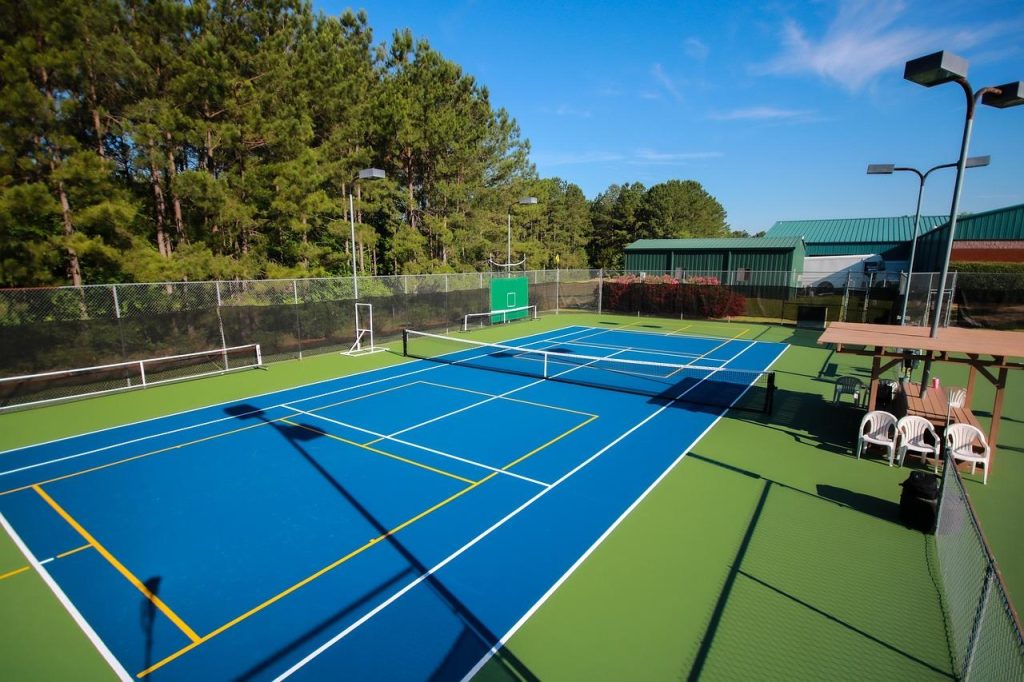In the world of tennis, passion often fuels breathtaking performances and legendary rivalries. Yet, every so often, that fiery intensity spills over, igniting controversies that captivate fans beyond the court. Such was the case during a Wimbledon practice session when John McEnroe, renowned as much for his prodigious talent as for his volatile temper, left an indelible mark-not with his strokes, but with a startlingly raw and “obscene” outburst. The incident not only shocked those present but deeply unsettled the Queen’s Club chairman’s wife, who described the experience as “offensive,” “appalling,” and utterly “shattering.” This moment, etched into tennis lore, reveals the complex interplay between brilliance and volatility in one of the sport’s most enigmatic figures.
The Emotional Fallout of John McEnroe’s Controversial Outburst at Wimbledon Practice
John McEnroe’s infamous outburst during Wimbledon practice left more than just spectators stunned; it deeply impacted those who witnessed it firsthand. The Queen’s Club chairman’s wife, in particular, described the episode as “offensive”, revealing how the unexpected torrent of expletives shattered her perception of the tennis icon. What made the experience even more jarring was the setting-a traditionally elegant and respectful environment-where emotions usually simmer beneath the surface rather than explode so vividly. This incident not only punctured the decorum of the moment but also highlighted the intense pressure cooker atmosphere that surrounds elite tennis.
Behind this emotional fallout lay a profound sense of disillusionment and discomfort, felt acutely by individuals close to the event. The repercussions extended beyond mere surprise, resonating in a few key ways:
- Emotional distress: Witnesses reported feeling shocked and unsettled, recalibrating their image of McEnroe from tennis legend to unpredictable firebrand.
- Tarnished relationships: The rift caused subtle tensions within the Queen’s Club social circles, where decorum is highly valued.
- Media scrutiny: The incident amplified attention, placing pressure on all involved to respond or reflect publicly.
Understanding the Impact of On-Court Conduct on Public Figures and Spectators
Public figures like John McEnroe occupy a unique space where their actions transcend personal boundaries and influence the perceptions of millions. When on-court behavior veers into what many deem offensive or inappropriate, the ripple effects can be profound. Not only does it challenge the decorum expected at prestigious events like Wimbledon, but it also affects the emotional atmosphere experienced by spectators and officials alike. The shock expressed by the Queen’s Club chairman’s wife, who described McEnroe’s outburst as both “obscene” and “shattering,” underscores the delicate balance athletes must maintain between competitive fire and respectful conduct. Such moments serve as reminders that passion on the court should not eclipse the dignity owed to fellow players, officials, and the audience.
The ramifications of heated on-court exchanges extend beyond immediate discomfort, shaping the legacy of sportsmanship and audience engagement. When public figures exhibit unsportsmanlike conduct, it can lead to:
- Damage to the event’s reputation, potentially deterring future spectators and sponsors.
- Emotional distress among attendees who expect a respectful, family-friendly environment.
- Difficult conversations about athlete behavior and its boundaries in highly competitive settings.
In this light, managing on-court conduct is not simply about enforcing rules; it’s about preserving the integrity of the sport and honoring the community it serves.
Strategies for Managing Athlete Behavior During High-Pressure Tennis Events
In the intense world of competitive tennis, emotions often run high under the pressure of expectations, making it essential to implement effective behavioral strategies. Clear communication between coaches, players, and officials helps set defined boundaries and promotes respect both on and off the court. Encouraging athletes to develop mental resilience through meditation, visualization, and breathing techniques allows them to regain composure when faced with frustration or provocation. Furthermore, fostering a culture of accountability-where players understand the impact of their actions on fans, sponsors, and fellow competitors-helps mitigate the risk of outbursts that can tarnish reputations and damage relationships.
Practical measures can also be introduced to preempt flare-ups during high-stakes matches. These include:
- Pre-match orientation sessions focusing on sportsmanship and emotional regulation.
- On-site mental health support, such as access to sports psychologists.
- Immediate intervention protocols to de-escalate tense moments, ensuring that conflicts don’t spiral out of control.
Ultimately, weaving psychological preparedness with strategic communication fosters an environment where even the most passionate players can channel their intensity constructively, preserving the spirit of competition and the dignity of the sport.
Recommendations for Tennis Organizations to Foster Respectful Sportsmanship and Communication
Emphasizing education and awareness is vital for tennis organizations aiming to cultivate an environment of respect and positive interaction. Regular workshops and seminars focused on emotional intelligence, conflict resolution, and the impact of language on audiences-both on and off the court-can equip players, coaches, and staff with the tools to manage frustration constructively. Incorporating real-life scenarios and role-playing exercises, inspired by incidents such as McEnroe’s infamous outburst, will deepen understanding and reinforce the significance of sportsmanship as an emblem of character, not just skill.
Developing clear conduct policies supported by consistent enforcement ensures that expectations are transparent and consequences are fair but firm. Organizations should foster open channels for reporting inappropriate behavior confidentially, paired with restorative approaches to mend relationships and reputations. Additionally, celebrating and publicly recognizing acts of exemplary communication and respect-whether in victory or defeat-can create a culture where positive behavior becomes the norm rather than the exception. Key measures include:
- Interactive player codes of conduct, co-created with athlete input
- Regular training on media communication and public demeanor
- Support systems such as mentorship programs linking veterans to juniors
- Community engagement initiatives promoting healthy dialogue among fans and players alike
In the rarefied world of Wimbledon’s pristine courts, where composure is as prized as skill, John McEnroe’s explosive outburst reminded us that even legends have their breaking points. His ‘obscene’ rant during practice not only shocked the Queen’s Club chairman’s wife but also reignited the enduring debate about passion and decorum in sports. While his fiery temperament has long been part of his persona, this incident serves as a stark reminder of the fine line between intensity and respect. As tennis continues to evolve, perhaps McEnroe’s moment of raw emotion will prompt reflection on how athletes channel their frustrations-balancing the heat of competition with the grace the game deserves.


